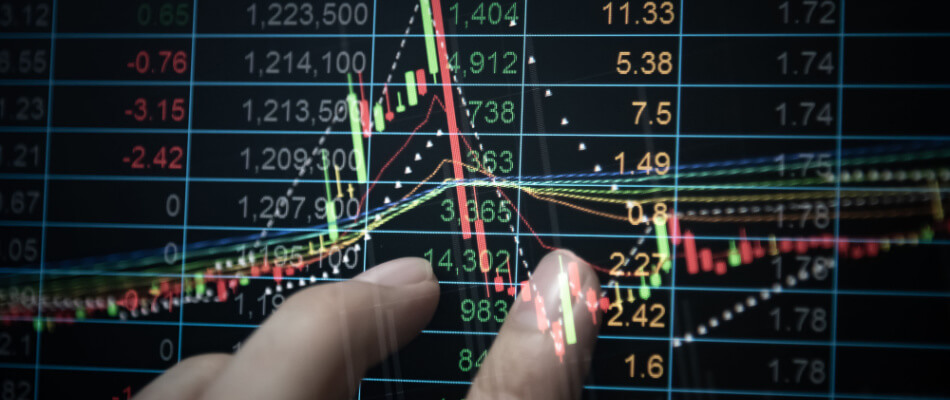What exactly is a corporate bond?
A corporate bond is a security for a bond loan to a company and is issued by the company itself. Companies issue bonds to finance their business activities .
There are various options for a company to arrange financing. Instead of taking out a loan from a bank, a company can choose to issue bonds. A corporate bond is nothing more than a debt acceptance by a company for a loan received in the form of a security . This gives the holder of a bond proof that entitles him to a payment in due time.
A corporate bond therefore always has a certain term , after which the company must repay the borrowed money and the debt is settled. Just as with any other loan, interest is owed to the lender, so a company must also periodically pay interest on the money that is borrowed in the form of corporate bonds. This forms the yield .
The profit that can be realized with corporate bonds is usually lower than that of shares or options. But it is also a less risky form of investment. It can be said that corporate bonds yield a higher return , compared to government bonds. This higher return is caused by the higher risk that the holder of a bond runs that a company can go bankrupt. In the business world, the chance of this happening is much greater. There is no more payout and the investment is forfeited in the event of bankruptcy. To compensate for this risk, a higher interest rate is set for a bond.
What is the difference between stocks and corporate bonds?
While corporate bonds are issued to finance certain business activities , shares are issued to increase equity . Shareholders are then entitled to a profit distribution . The return on a corporate bond does not fluctuate with the profit that a company makes. There is a fixed, predetermined interest rate. Sometimes corporate bonds are convertible . This means that these bonds of the company in question can in some cases be exchanged for shares of the company in question.

Risks and returns of corporate bonds
The biggest risk that bonds generally pose is that you will not receive back the amount lent, i.e. the investment . Since risk and return are directly related, a higher risk is also rewarded with a higher interest payment . It then becomes more attractive to invest money in a riskier investment. We therefore see lower interest payments on government bonds, because governments are still seen as very creditworthy. The fact that this is sometimes not the case often plays a subordinate role in the consideration.
If you want to buy corporate bonds , it is best to first study the ratings that agencies such as Standard & Poor’s, Moody’s and Fitch assign to the creditworthiness of large companies. The AAA status , also known as the triple A , is the safest and the DDD status the least safe. This allows you to determine the risks and take them into account when taking out bonds. On the website of Standard & Poor’s you can view the different ratings of various companies and governments.
Compare brokers and start investing in bonds
Are you excited about investing in bonds after reading this article? Compare brokers that offer bonds and find the broker that suits you best!